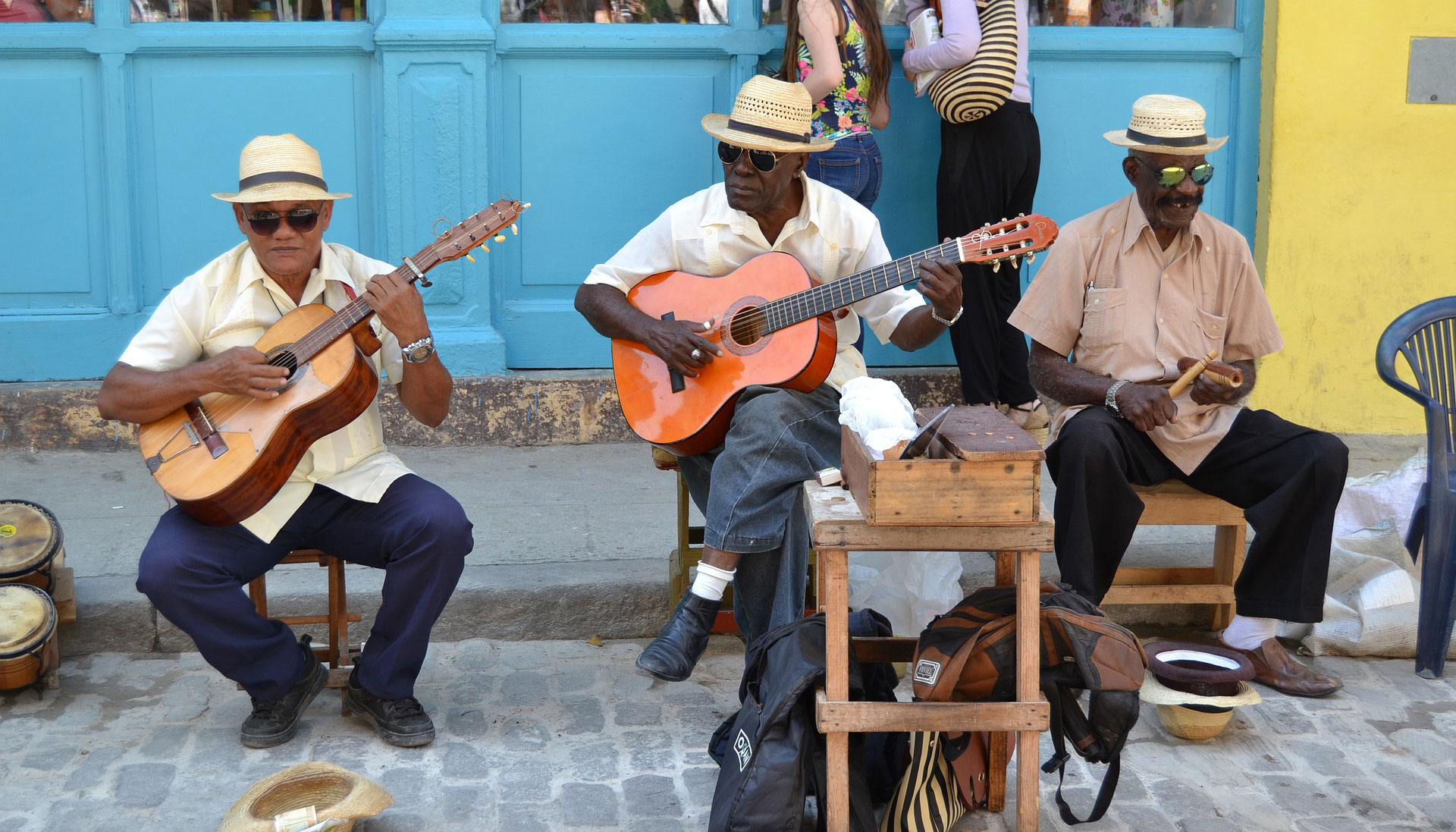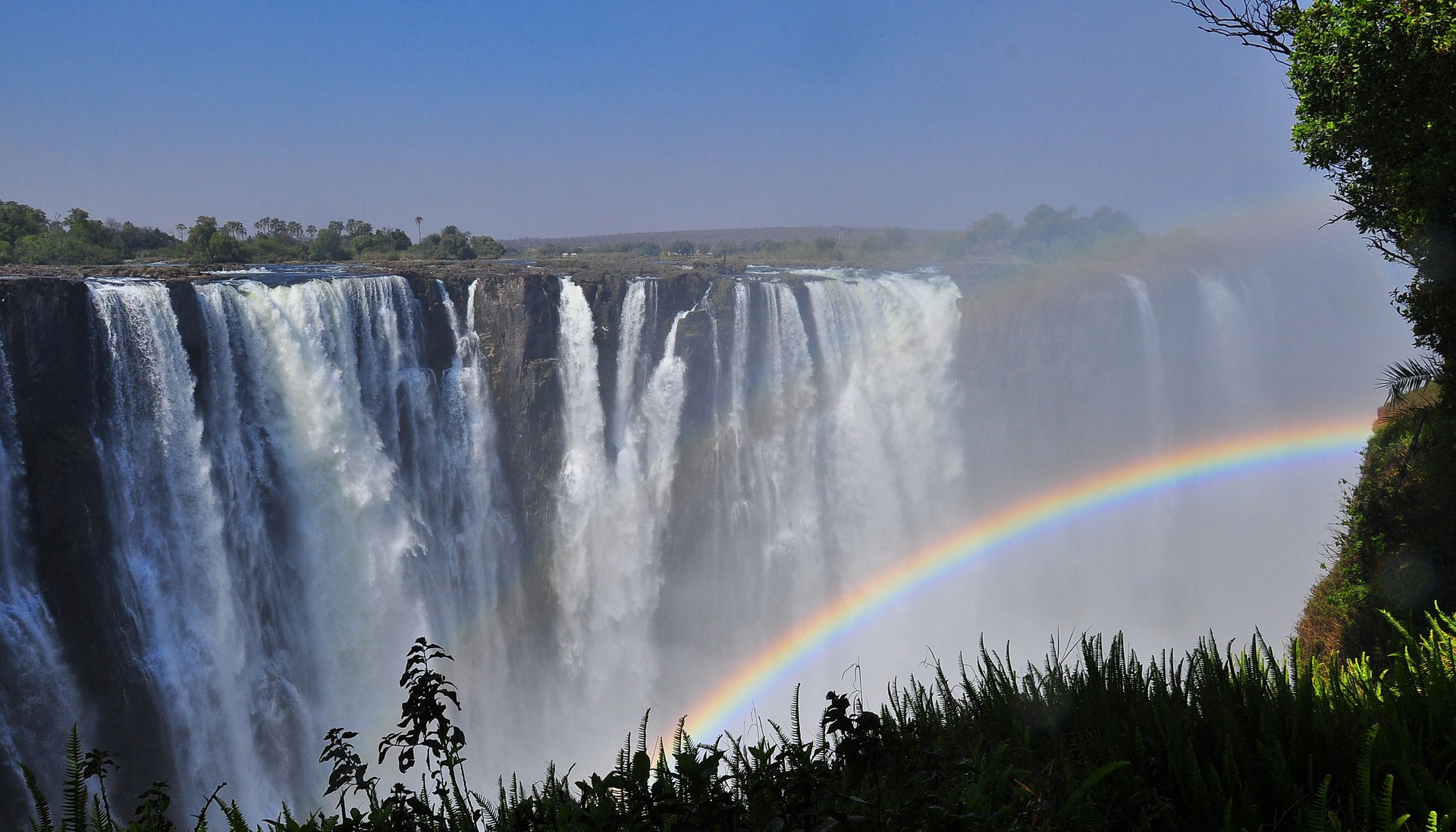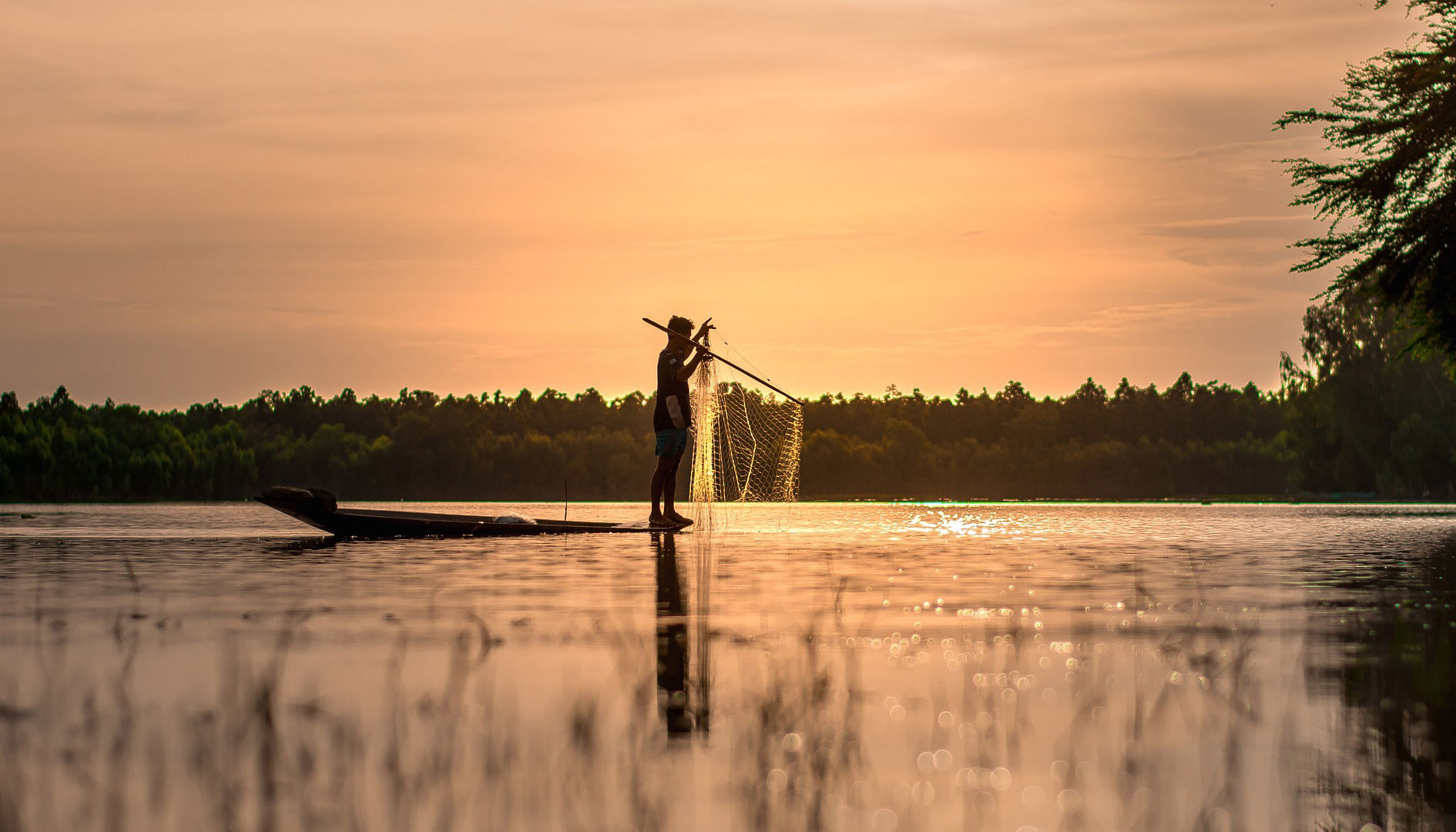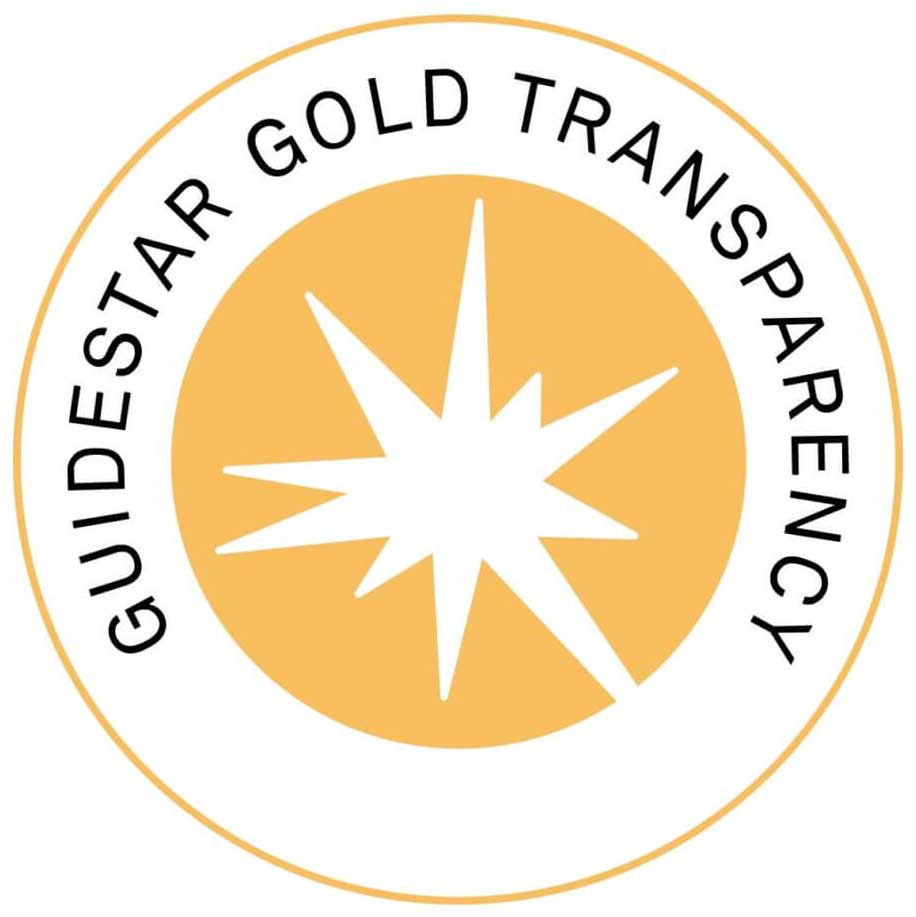These off-the-beaten-path destinations are for seekers of cloudy days and cool breezes. You might be surprised to find this particular Globe Aware volunteer vacation on the list!
20 Cool Destinations for When You Just Can't Take the Summer Heat
Escape the dog days with a breezy vacation.
By Andrea Romano
April 29, 2023
TRAVEL+LEAISURE
Summer is a time for lounging on the sand, soaking up rays, swimming in the surf, and strolling boardwalks with ice cream in hand - unless you're averse to the sweat, sunburn, and general discomfort that comes along with the heat. These off-the-beaten-path summer vacations, from New Zealand to Greenland, are for seekers of cloudy days and cool breezes. Book your travels in one of these destinations to escape the dreaded dog days to come.
Destinations in the U.S.
It's not easy finding a place in the U.S. that's consistently comfortable during summer. Mountainous and coastal destinations are your best bet for cool(er) temperatures. Here are four safe options.

Denali National Park, Alaska
Alaska is the perfect place for fans of mild summers. Instead of sweating it out, venture north to stunning Denali National Park, where temperatures peak around 66 degrees in July, the warmest month. Visitors can explore the park's six million acres, drive the scenic Denali Park Road, admire the many snow-capped peaks from viewpoints and hiking trails, and look for "the big five" - moose, caribou, Dall sheep, wolves, and grizzly bears. There are six campgrounds throughout the park where you can pitch a tent in comfortable temperatures.
San Francisco, California
The fog in San Francisco is so constant that it has a name: Karl. Low-lying clouds over this metropolis block out the sun that keeps nearby cities hot. In July, daily highs are around 70 degrees. Many around California will flock to the Bay Area for refuge from the heat during summer, so you certainly won't be alone as you snap photos of the Golden Gate Bridge, take in the seaside vibes at Fisherman's Wharf, or dine at Pier 39.
North Cascades National Park, Washington
Washington's North Cascades are a quick and cool getaway from Seattle, about two hours away. Snow only just melts from the highest-elevation trails by July, so this is the time when you get the most access to the park. July highs in the North Cascades are around 68 degrees, but the climate depends largely on where you are in the park. The National Park Service says the west side remains cooler than the east side, which lies in a rain shadow and can get up to 90 degrees. So, if you're looking for the lowest temperatures, stick to the hiking trails around Mount Baker-Snoqualmie National Forest and the Mount Baker Wilderness on those western slopes.
White Mountains, New Hampshire
New Hampshire's White Mountains comprise stunning alpine peaks cloaked in forest. The higher you go, the cooler it will be. While low elevations see summer temperatures in the mid-70s and sometimes higher, the high points are perpetually chilly, sometimes not even shedding their layers of snow until well into July. Temperatures on Mount Washington, the tallest peak in the Northeast, range from about 40 to 55 degrees at the height of summer. Visitors can climb out of the heat by foot on the many hiking trails or drive up the slopes on the scenic Kancamagus Highway.
International Destinations
It's much easier to find cool temperatures abroad. Below the equator, the seasons are flipped. So, if you're craving a week or two of pure winter, you can head down to the Southern Hemisphere. And if not, far-north destinations remain mild in the summer.
Newfoundland and Labrador, Canada
Summers in this East Coast province are short and pleasantly chilly, with July highs in the capital, St. Johns, rarely exceeding 69 degrees. In the city - Newfoundland and Labrador's largest - visitors can admire the hilltop castle-like structure that is Cabot Tower or go for a night out on the entertainment-rich town. Outside of the city, you'll find hiking paths galore providing stunning ocean views and a feeling of remoteness. Further up the coast, it's not uncommon to peep icebergs offshore, adding to the cool-weather mood.
Norway
Although the sun doesn't actually set from May to July in the "Land of the Midnight Sun," travelers should not be fooled by Norway's long summer days. You might not even break a sweat while out exploring the iconic blue fjords, as summer temperatures in this Scandinavian country hover around the mid-60s in the north and along the coast (the daily high in Tromsø is even lower, topping out at 59 degrees). In addition to the virtually endless natural sites, visitors should visit Oslo for a more metropolitan experience. Its location on the North Sea makes it mild and breezy.
Iceland
Iceland maintains a pretty nice chill throughout the year, with average July temperatures in the southern part of the country (including the capital, ReykjavÃk) ranging from 50 to 60 degrees Fahrenheit. Summers are good for dipping into the famous geothermal springs and going for hikes to glaciers and misty waterfalls. They're also the best time of year to explore the highlands, which are impassable in the winter. Like Norway, Iceland experiences the midnight sun. With 18 to 24 hours of light per day, you'll have plenty of time to sightsee.
Scotland
Maximum summer temperatures from June through August in Scotland range from a refreshing 59 to 63 degrees, keeping visitors cool as they castle hop, hike in the Highlands, traverse the dramatic coastlines, and search for the tastiest haggis. Like its Scandinavian neighbors to the northeast, Scotland experiences extra-long days in the summer; Visit Scotland notes that the far north of the country gets four more hours of sun per day than London. That gives tourists lots of daylight for seeing Edinburgh's historical sights, day tripping to Loch Lomond, and getting out to the otherworldly Isle of Skye during their visit.
South Island, New Zealand
Go to New Zealand's South Island during Southern Hemisphere winter for a coat-wearing climate and access to winter sports. The Southern Lakes region - namely Queenstown and Wanaka - is a skier's paradise, and the West Coast is home to glaciers upon glaciers. Meanwhile, on the east coast, Kaikoura offers some of the best whale watching from June to August, when temperatures across the South Island generally range from 53 to 61 degrees.
Falls Creek, Victoria, Australia
Victoria's largest skiable area, Falls Creek Alpine Resort reaches only about 33 degrees maximum in July, the peak of Australian winter. It takes a bit of effort to get to - prepare to drive six hours from Melbourne - but you'll get some of Australia's finest powder while those in the Northern Hemisphere bask in the sun. This place is great for families because of the range of activities and constant entertainment. When you aren't skiing, you can go tobogganing, watch the weekly fireworks display, snowshoe, get a massage, or dine out in the picturesque village.
Garzón, Uruguay
Summer trips to the Southern Hemisphere don't have to involve snow. This historic village in Uruguay (deemed a ghost town by some) offers mild 60-degree days in the middle of July, a perfect environment for sampling the cuisine that makes it a top foodie destination. The highlight here is, of course, Restaurante Garzón, founded by Francis Mallmann, the Argentine celebrity chef from Chef's Table. Things to do besides eat include winery hopping and hot-air balloon rides.
Patagonia, Argentina
Patagonia is a popular hiking destination during its peak tourist season, but wintertime is an ideal time to visit this Argentine wonderland for skiing. July sees average temperatures in the 30s and no shortage of precipitation, to the delight of year-round powder hounds. One of the most popular skiing destinations in Patagonia is Cerro Catedral, just 12 miles from Bariloche. On your rest day, take the cable car up Mount Otto for spectacular mountain views.
Easter Island, Chile
High temperatures average in the mid-60s during the months of June, July, and August on Easter Island, a territory of Chile. While you're there getting a close look at the island's signature long-faced statues - called "moai," and there are more than 900 of them - you can learn the fascinating history of the Rapanui, Easter Island's native people. The moai were carved as early as 1100 to represent ancestors of Polynesians who came to the island thousands of years ago.
Cape Town, South Africa
Cape Town summers can see temperatures above 100 degrees. June to September, however, it rarely sees temps above 63, which is comfortable enough to hike Table Mountain to Maclear's Beacon, go whale watching, and see penguins at Boulders Beach (though don't plan on swimming in the water - it's frigid). On days when it's a little too cool to be outside, there are many museums and other indoor attractions to explore, plus countless restaurants contributing to Cape Town's reputation as a culinary capital.
Amsterdam, Netherlands
With July highs around 72 degrees in the Netherlands' capital city, visitors can comfortably partake in quintessentially Amsterdamian things like pedaling between sites on a city bike and cruising the canals by watercraft. Visitors should note, though, that July is Amsterdam's wettest month. Drizzly days call for museum hopping - don't miss Rijksmuseum, the Van Gogh Museum, and the Anne Frank House - and touring Heineken's oldest brewery.
Chamonix-Mont-Blanc, France
Chamonix is a world-famous winter destination, known for its snow sports and picturesque ski chalets. Don't count it out for a summer getaway, though. The resort area at the base of Mont Blanc offers July highs in the low to mid-60s, ideal for hiking in the Chamonix Valley, enjoying a French wine al fresco, and taking the gondola up to the top of Aiguille du Midi, the closest an average Joe can get to Mont Blanc without climbing it.
Ireland
Ireland is known for its cloudy, rainy, moody weather, so shoot for the Emerald Isle if you're hoping for a break from relentless sun. The daily high in Dublin is about 66 degrees during the warmest month (July). This is a great place to grab a pint of Guinness, peruse the gardens at Blarney Castle, and have a picnic on Saint Stephen's Green. On the opposite coast, dramatic scenery beckons along the famed Cliffs of Moher and on the Aran Islands, a ferry ride from Galway.
Greenland
Get far off the beaten path this summer with a trip to Greenland, only about 50 degrees tops from June to August. This is a nature enthusiast's fantasy vacation - the next best thing to Antarctica, perhaps - brimming with glaciers, bound by rugged coastlines, home to polar bears and walruses, and offering some of the best views of the northern lights. Of course, this isn't the easiest summer destination to visit. Most will travel there on a cruise, as flying to the island from North America means stopping over in Europe.
Slovenia
Slovenia is often tacked onto trips to more-popular Croatia, but this Balkan country holds its own with spectacular mountains and caves that, indeed, keep the region cool in the summer. Imagine castles spilling out of cliffsides and crisp lakes reflecting snow-capped mountains. One of the more famous bodies of water, Lake Bled, contains Slovenia's only natural island, home to a highly photogenic 17th-century church. July's average high temperature in the town of Bled is 74 degrees.
Vancouver, Canada
The mild climate is one of many things to love about Vancouver. Although it provides easy access to the world-renowned Whistler Blackcomb ski resort, its winters are without snow - and just the same, its summers are without sweltering heat. July highs hover in the comfortable 73-degree range. In addition to its year-round sites - Gastown, Stanley Park, and the Vancouver Aquarium - there are also summer festivals to plan your trip around, such as the Celebration of Light at the end of July and a rollicking Pride celebration in August.













